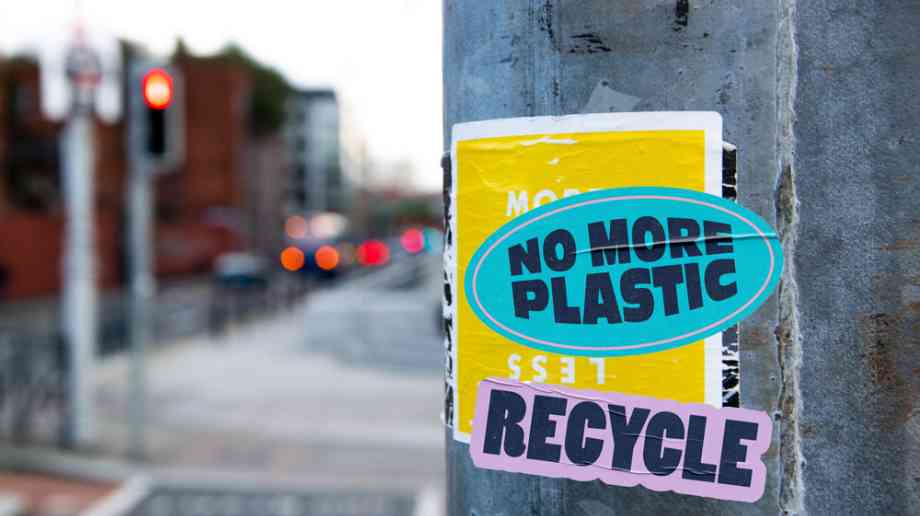
The journey to becoming more sustainable
From energy sourcing and consumption, to food and uniform policies, there are many measures – big and small – that schools can do to reduce their carbon footprint and energy usage. Adam Flint, national manager of Eco-Schools England, explains how
There are currently, in England, approximately 8.9 million pupils attending 24,400 schools. Each school has a carbon footprint. The carbon footprint comes from the amount of energy and the resources – food, books, computers, paper etc – that it uses.
Estimates suggest that schools account for 50 per cent of a local authority’s carbon emissions so therefore it makes sense in a world where many local authorities have declared a climate crisis that we look at reducing the carbon footprint of the nation’s schools.
This is backed up by children’s and young people’s concern about the climate. Globally, up to 20 per cent of young people think it’s ‘too late to fix the climate crisis’.
In this country, the picture is a little more optimistic. YouGov research conducted for Keep Britain Tidy shows that 82 per cent of children and young people believe they can make a positive difference but more than two thirds say they need the help of others to do so.
Schools are a place where children and young people can come together to take action, with the inbuilt network of teachers, support staff, catering staff, governors and parents to help them.
And there is a lot that schools can do.
Estimates suggest that, collectively, schools could prevent more than 600,000 tonnes of CO2 from entering the atmosphere – the same carbon reduction as taking more than 130,000 cars off the road each year.
Taking action
Environmental charity Keep Britain Tidy runs the country’s largest environmental education and sustainability programme, Eco-Schools, and has just run its first Cut You Carbon Week with schools being encouraged to take a range of actions that can help reduce their carbon footprint.
But carbon reduction is obviously not something that is just for one week of the school year. There are changes that schools can make that will, over time, have a significant impact on their carbon footprint and, at the same time, help to create a generation of young people equipped with the knowledge and skills they will need in a world where carbon reduction is becoming more and more critical.
Ways to cut carbon
One of the first areas where schools can look to make a dramatic difference to their carbon footprint is food.
Small changes to the school dinner menu can have a big impact. If the average primary school was to introduce one meat-free day – switching to a plant-based option – for all pupils eating school-provided meals per week, that school could save 2,865kg of carbon by that one simple act. Beyond that, switching from beef to chicken on other days would also save significant amounts as the carbon footprint of beef is almost ten times that of chicken.
The biggest single source of CO2 emissions in the UK is transport, accounting for 24 per cent of all emissions. Every day, millions of car journeys are made taking children to and from school. These journeys, no matter how short or convenient, all contribute to this figure. Encouraging and empowering pupils with the knowledge to influence parents, as well as providing solutions such as bike storage facilities and ‘walking buses’ for younger children, can help drive down the carbon footprint created by the school as well as improving air quality in the area.
Finally, how and where schools purchase equipment matters. There are the obvious changes such as reducing the use of single-use plastics in schools and ensuring that all paper bought is recycled. But thinking beyond that, an even more powerful shift is to change habits and move up the waste hierarchy to reduction and reuse.
Uniforms are an area where schools can make a significant impact on their environmental footprint. It can take 2,700 litres of water to produce the cotton to make a single T-shirt and the carbon footprint of each one is 6.75kg.
Reducing the amount of new school uniform bought can reduce the carbon footprint and, at a time when family budgets are so stretched and people are struggling to make ends meet, has the advantage of being a massive cost-saving for hard-pressed parents.
Breaking the stigma of ‘second-hand’ and ‘hand-me-downs’ and making it a positive, environmental choice is something that pupils – and parents – can learn from and take into the rest of their lives.
Energy consumption
Finally, possibly the most obvious way in which schools can make an obvious and instant difference to their carbon footprint is through their energy sourcing and consumption.
Buying gas and electricity from a green energy supplier will immediately cut a school’s carbon footprint. If this is not possible, cutting energy use – switching things off rather than leaving them on standby, turning off lights etc – can reduce a school’s energy bill and cut carbon emissions.
If every school in the country cut their energy consumption by 10 per cent, that would mean a carbon saving equivalent to the weight of three Empire State Buildings every year.
The message is, whether it is big actions or small actions, there are easy and effective ways that every school in the country can begin to cut its carbon footprint today.
If you would like to find out more about Eco-Schools and how you can take your school on a journey to becoming more sustainable, visit the website below.
Latest News
07/11/2025 - 09:54
The Scottish Government has announced funding which will go to local councils for strategic approaches to closing the poverty-related attainment gap.
06/11/2025 - 09:42
Ofsted has shared findings from pilot inspections carried out in 115 schools this autumn, ahead of the full rollout of its renewed inspection framework.
06/11/2025 - 09:16
The TV, radio and multi media campaign deals with the root causes of absences and identifies ways to approach conversations about wellbeing that can help pupils to improve their attendance.
05/11/2025 - 09:49
The government will publish a new set of enrichment benchmarks, with schools asked to ensure every child has access to activities across five categories of enrichment.
05/11/2025 - 09:37
For the first time, primary aged children will gain vital skills like how to spot fake news and identify misinformation and disinformation.







